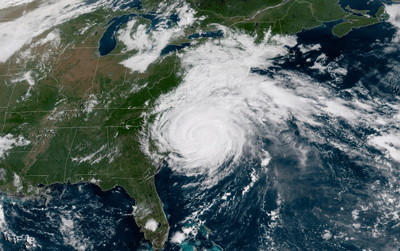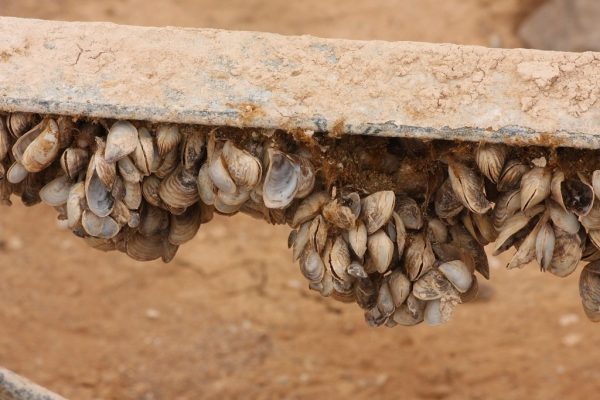Sea Level Causes More Hurricanes

Recently, Hurricane Florence devastated thousands of citizens and their livelihoods in the Carolinas, as well as other parts of the East Coast, as made evident through stories and articles by the National Public Radio and other news sites. Though its path along the United States has ended, it has caused havoc through the destruction of thousands of buildings and homes and the evacuation of thousands of people, many of which fearful of what they may come back to once the storm had passed. It is crucial to note that the strength of hurricanes, such as Florence, may start to rise due to something that humans have been contributing to – Global warming.
According to the National Oceanic and Atmospheric Administration, global warming is “The process in which the Earth is unnaturally being heated up by humans through artificial means, such as driving cars with exhaust pipes for gas, burning plastics or rubbers, and the use of coal-run power plants.” All of these things release carbon dioxide, or CO2, into the atmosphere. When in the atmosphere, CO2 absorbs more heat from the Sun than other gasses would naturally; it is a greenhouse gas, which can trap in heat easily. The trapped heat causes the temperature of the Earth to rise, melting our ice sheets and glaciers, which store vast amounts of water inside of them. This water then is spread across the Earth, causing the sea level to rise.
The reason why this greatly affects the strength of hurricanes and tropical storms is because they feed off of water. Hurricanes and tropical storms form when warm air rises above the ocean’s surface. Then, this warm air cools high above the sea level forming countless of clouds. As the warm air leaves, it creates a low pressure area on the ocean’s surface, which is then replaced by surrounding air. The warm air then rises again, forming more and more clouds while the air on the surface is moving in a circular pattern, until a tropical storm is formed, which can worsen to a hurricane. When hurricanes or tropical storms reach land, they no longer have a power source, so they become weaker in strength until they eventually dissipate. The higher the sea level is, the more fuel a storm has, causing it to last longer and cause more destruction, along with flooding reaching farther than ever before.
Nations around the world should indeed begin taking the issue of global warming seriously in order to limit the destruction caused by natural disasters.
https://spaceplace.nasa.gov/hurricanes/en/
https://www.climate.gov/news-features/understanding-climate/climate-change-global-sea-level










